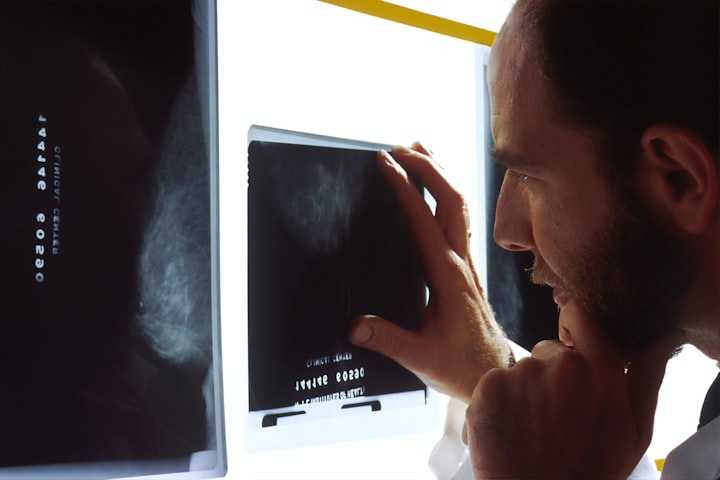
The prostate is a gland found in male reproductive system, located just below the bladder and in front of the rectum. It is roughly the size of a walnut and surrounds the urethra, which carries urine from the bladder out of the body. The prostate gland produces a fluid that helps nourish and transport sperm during ejaculation.
Prostate cancer is a common type of cancer that can affect the prostate gland. Other conditions that can affect the prostate include prostatitis (inflammation of the prostate), benign prostatic hyperplasia (enlarged prostate), and prostate-specific antigen (PSA) testing which is used as a screening test for prostate cancer. Regular prostate exams, including a digital rectal exam and a PSA blood test, are recommended for early detection of prostate cancer.
The symptoms of prostate problems can vary depending on the specific condition affecting the prostate gland. Here are some common symptoms associated with prostate issues:
Prostatitis: Pain or discomfort in the pelvic region, painful urination, difficulty urinating, frequent urination, fever, chills, and low back pain.
Benign prostatic hyperplasia (BPH): Difficulty starting and stopping urination, weak urine flow, the need to urinate frequently (especially at night), a feeling of incomplete bladder emptying, and urinary incontinence.
Prostate cancer: Difficulty urinating, weak urine flow, blood in the urine or semen, bone pain, and erectile dysfunction.
It is important to note that these symptoms can also be caused by other conditions, and not all cases of prostate cancer or BPH have noticeable symptoms. If you are experiencing any of these symptoms, it is recommended that you speak with your healthcare provider to determine the cause and appropriate treatment. Regular check-ups and screenings can also help detect prostate issues early.
Get the best prostate health supplement here
The causes of prostate problems can vary depending on the specific condition affecting the prostate gland. Here are some common causes associated with prostate issues:
Prostatitis: Bacterial infections are the most common cause of acute prostatitis, while chronic prostatitis may be caused by bacterial infections or other factors, such as pelvic muscle tension or nerve damage.
Benign prostatic hyperplasia (BPH): The exact cause of BPH is not fully understood, but it is believed to be related to hormonal changes associated with aging. Specifically, as men age, their levels of dihydrotestosterone (DHT) increase, which can cause the prostate gland to grow and enlarge.
Prostate cancer: The exact cause of prostate cancer is not known, but it is believed to be related to genetic mutations that occur in the prostate gland cells. Other factors that may increase the risk of developing prostate cancer include age, family history of prostate cancer, and certain lifestyle factors (such as a high-fat diet).
In addition to these factors, there are also several risk factors that can increase the likelihood of developing prostate problems, including age, family history, ethnicity, and certain lifestyle factors (such as a high-fat diet, sedentary lifestyle, and smoking). Regular check-ups and screenings can help detect prostate issues early and increase the chances of successful treatment.
There are several alternative treatments for prostate issues that can be considered as an alternative to surgery. Here are a few examples:
Medications: For BPH, medications such as alpha-blockers, 5-alpha reductase inhibitors, and combination drugs can be used to manage symptoms and reduce the size of the prostate gland. For prostatitis, antibiotics and anti-inflammatory drugs may be prescribed to treat the underlying infection or inflammation.
Minimally invasive procedures: There are several minimally invasive procedures available for BPH, such as transurethral microwave therapy (TUMT), transurethral needle ablation (TUNA), and laser therapy. These procedures use heat or lasers to destroy or remove excess prostate tissue, without the need for surgery.
Watchful waiting: For older men with BPH who have mild to moderate symptoms, watchful waiting (also known as active surveillance) may be recommended. This involves monitoring symptoms and the size of the prostate gland over time, and only treating the condition if symptoms become severe or other complications develop.
It is important to discuss all treatment options with your healthcare provider to determine the best course of action for your specific condition. While surgery may be the most effective option for some cases, alternative treatments may be less invasive and have fewer side effects, making them a more appropriate choice for others.





Comments
Fairul Nizam is not accepting comments at the moment
Want to show your support? Send them a one-off tip.